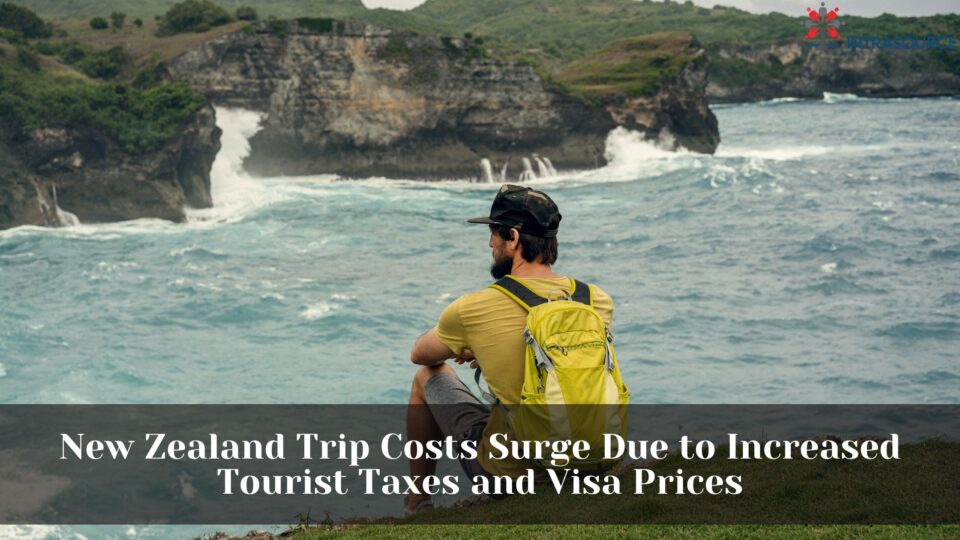Visiting New Zealand’s Natural Wonders Becomes Pricier with New Levy and Visa Adjustments
Visiting New Zealand’s scenic lakes, majestic mountains, thrilling bike trails, and world-renowned wineries will now come with a heftier price tag. Starting October 1, the country is set to enforce significant hikes in its International Visitor Conservation and Tourism Levy (IVL), increasing it from NZ$35 (Rs 1,825) to NZ$100 (Rs 5,214). Alongside the elevated IVL, tourist visa prices will also rise from $131 to $211.
Introduction of IVL and Its Impact:
The IVL was initially introduced in 2019 to support environmental conservation nationwide. According to Michael Doocey, international tourists generated over $11 billion in revenue for New Zealand from March 2023 to March 2024. However, the recent increase has stirred significant backlash from the Tourism Industry Aotearoa (TIA), representing diverse travel industry stakeholders across the country.
Visa Waiver Program Updates:
Citizens from 60 countries and territories, including major countries like the United States, Canada, Singapore, Japan, and Mexico, benefit from a visa waiver allowing them to stay up to three months for tourism purposes. Despite this waiver, travelers holding these passports must still secure an e-visa and pay the IVL fee.
Visa Processing Time Considerations:
Under the new regulations, the New Zealand government anticipates longer visa processing times this year. Immigration New Zealand advises that prospective visitors aiming for a Christmas holiday trip must apply for tourist visas by October 15. Those planning a visit during Lunar New Year should submit their applications by November 15.
Global Perspective on Tourist Taxes:
Whether termed as an IVL, access fee, or travel incentive, “tourist taxes” are becoming a critical topic in the travel industry. Approximately 60 destinations worldwide impose such fees simply for entry and visitation purposes – excluding costs associated with meals, accommodations, or tickets. These tourist taxes are primarily justified as measures necessary to mitigate congestion, environmental degradation, and other adverse effects of over-tourism.
Conclusion
While New Zealand’s increased tourist fees may raise costs for international travelers, they underscore a broader trend within global tourism management aimed at sustaining environmental balance and managing visitor impacts. Visitors planning trips should consider these costs in their budgets and submit visa applications well in advance to avoid any travel disruptions.


